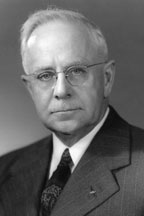This page is based on this
Wikipedia article Text is available under the
CC BY-SA 4.0 license; additional terms may apply.
Images, videos and audio are available under their respective licenses.

The South Atlantic League is a Minor League Baseball league with teams along the Atlantic coastline of the United States from New Jersey to Georgia. It is a Class A league that plays a full season, and its teams are composed of players in their second or third year of professional play.

Arthur Middleton, of Charleston, South Carolina, was a signatory of the United States Declaration of Independence.
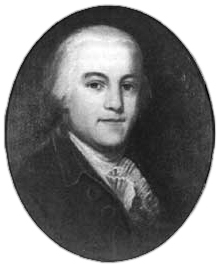
Edward Rutledge was an American politician, and youngest signatory of the United States Declaration of Independence. He later served as the 39th Governor of South Carolina.

Thomas Lynch Jr. was a signer of the United States Declaration of Independence as a representative of South Carolina; his father was unable to sign the Declaration of Independence because of illness.
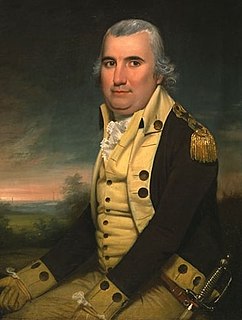
Charles Cotesworth Pinckney was an early American statesman of South Carolina, Revolutionary War veteran, and delegate to the Constitutional Convention. He was twice nominated by the Federalist Party as its presidential candidate in 1804 and 1808, losing both elections.

Ralph Izard was a U.S. politician. He served as President pro tempore of the United States Senate in 1794.

Other notable men have similar names, see: William Drayton (disambiguation).
The Orangeburg massacre refers to the shooting of protesters by South Carolina Highway Patrol officers in Orangeburg, South Carolina, on the South Carolina State University campus on the evening of February 8, 1968. The approximately 200 protesters had previously demonstrated against racial segregation at a local bowling alley. Three of the protestors, African-American males, were killed and twenty-seven other protesters were injured.

John Parker IV by birth inherited a spot in South Carolina's aristocracy. He was born to John Parker III and Mary Daniell, granddaughter of Governor Robert Daniell. He married Susannah Middleton, daughter of Henry Middleton and sister of Arthur Middleton. He was American planter of the Hayes Plantation and lawyer from Charleston, South Carolina. He also served as a delegate for South Carolina to the Congress of the Confederation from 1786 to 1788.

The Smith–Hammond–Middleton Memorial Center is a 3,200-seat multi-purpose arena in Orangeburg, South Carolina, named in memory of Samuel Hammond, Delano Middleton, and Henry Smith, who died in the Orangeburg Massacre, the same night the arena opened. It is home to the South Carolina State University Bulldogs basketball teams.
The Red Shirts or Redshirts of the Southern United States were white supremacist paramilitary terrorist groups that were active in the late 19th century in the last years of, and after the end of, the Reconstruction era of the United States. Red Shirt groups originated in Mississippi in 1875, when Democratic Party private terror units adopted red shirts to make themselves more visible and threatening to Southern Republicans, both whites and freedmen. Similar groups in the Carolinas also adopted red shirts.

Middleton Place is a plantation in Dorchester County, directly across the Ashley River from North Charleston and about 15 miles (24 km) northwest of Charleston, in the U.S. state of South Carolina. Built in several phases during the 18th and 19th centuries, the plantation was the primary residence of several generations of the Middleton family, many of whom played prominent roles in the colonial and antebellum history of South Carolina. The plantation, now a National Historic Landmark District, is used as a museum, and is home to the oldest landscaped gardens in the United States.
The Middleton-Rutledge-Pinckney family is a family of politicians from the United States.

Arthur Middleton Manigault was a brigadier general in the Confederate States Army during the American Civil War.
Henry Augustus Middleton Smith was a United States District Judge of the United States District Court for the District of South Carolina, the United States District Court for the Eastern District of South Carolina and the United States District Court for the Western District of South Carolina.
Karen Middleton is an American basketball coach.
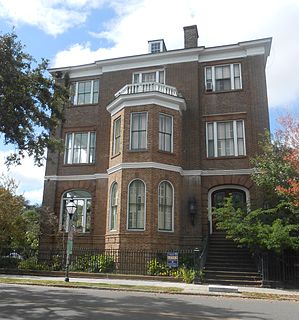
Williams Middleton (1809–1883) was a son of South Carolina Governor Henry Middleton (1770–1846). He is best known as a signer of the South Carolina Ordinance of Secession, and as one of the owners of Middleton Place, National Historic Landmark gardens outside Charleston, SC. Williams and his two brothers John Izard Middleton and Admiral Edward Middleton were the trustees of their Father's entire estate. Williams inherited Middleton Place in 1846 and he pursued the family's interest in rice culture, carried out agricultural experiments, and further enhanced the gardens with the introduction of azaleas. In addition to Middleton Place, Williams Middleton made his home in town at 1 Meeting St., a house he owned between 1855 and 1870.
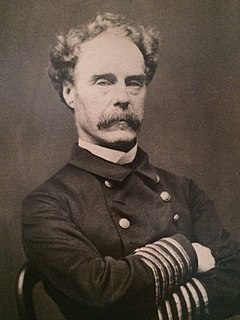
Edward Middleton of the South Carolina Middleton family was a U.S. Navy Rear Admiral most known for his service defending the United States Pacific borders during the Civil War.



